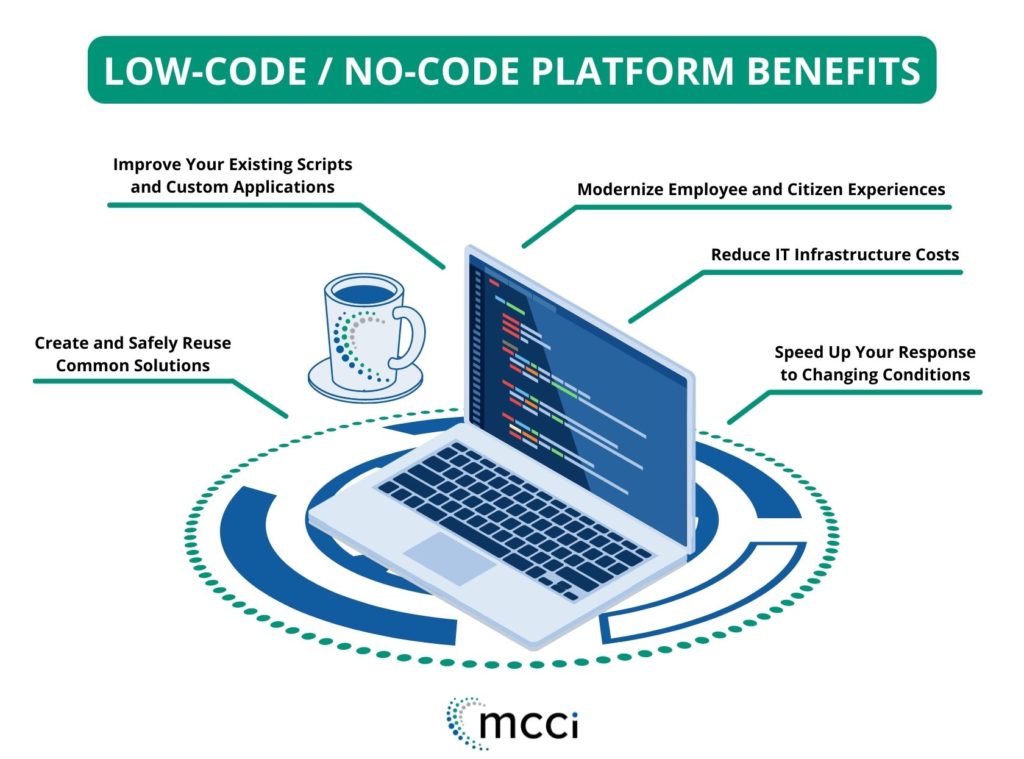Automated tools for software testing let teams check an application’s stability and performance with less manual effort. These platforms reduce repetitive tasks, speed up the testing cycle, and uncover issues early in the process. Many developers use test automation tools to confirm that new code releases do not break existing features. This approach also helps them maintain a consistent standard of quality.
This article looks at the main features, challenges, and results that users experience with automated tools for software testing. You will also find a list of references, a segment addressing common questions, and direct feedback from actual users.
What Are Automated Tools for Software Testing?
Automated tools for software testing take a set of instructions and run them repeatedly on an application. These steps assess user flows, ensure data accuracy, and verify that features respond in the expected way. The tools compare actual outcomes with expected outputs. If there is a mismatch, the platform flags an error for developers to review.
Key elements:
- Test Scripts: Detailed instructions that define how the tool checks each function.
- Test Runners: A command line or GUI-based interface that executes the test scripts.
- Reports and Logs: Document the outcomes, including successes, failures, and performance metrics.
This process empowers teams to find issues sooner, which saves time and prevents deeper complications in future releases.
Why Are They Important?
Project leaders look to these solutions because they ensure repeatable, reliable checks. Test automation tools cover many user paths, allowing developers to address hidden bugs before the product hits production.
Core Advantages:
- Speed: Automated checks run faster than manual ones, shortening release cycles.
- Consistency: Well-defined scripts verify that each test follows uniform standards.
- Scalability: Teams can test multiple environments or devices in parallel.
- Early Detection: Potential problems appear in development, reducing future rework.
These points appeal to organizations that release new code frequently. By automating a portion of the quality checks, testers focus on advanced tasks such as edge cases and user experience reviews.
Types of Test Automation Tools
Many platforms exist for code validation, each with strengths and drawbacks. Projects often combine more than one solution to form a robust approach.
- Unit Testing Frameworks
- Examples: JUnit, NUnit, PyTest.
- Core Function: Validate tiny units or modules of code.
- Possible Drawback: May not catch integration issues since each test checks a small block.
- UI Testing Suites
- Examples: Selenium, Cypress.
- Core Function: Verify user interface actions, such as button clicks or form entries.
- Possible Drawback: Highly dynamic sites can break tests if the UI changes frequently.
- API Testing Tools
- Examples: Postman, SoapUI.
- Core Function: Confirm endpoints handle requests and responses correctly.
- Possible Drawback: Complex scenarios may need custom logic or scripts that require coding skills.
- Performance Testing Platforms
- Examples: JMeter, Gatling.
- Core Function: Measure how the system behaves under load or stress.
- Possible Drawback: Configuring large-scale tests can be time-intensive and may require extra hardware.
- Continuous Integration (CI) Solutions
- Examples: Jenkins, GitLab CI.
- Core Function: Automate builds and run tests whenever new code merges.
- Possible Drawback: Improper setup leads to slow pipelines or false positives if tests are not organized well.
Each category addresses different testing layers, covering unit checks up through user-based tasks. When used correctly, these tools protect projects from hidden errors.
How to Implement Test Automation Tools
A clear strategy ensures successful adoption. Many firms begin with a pilot project to confirm the fit.
Steps to Follow:
- Define Goals: Map out your priorities, such as speed, coverage, or early bug detection.
- Select Tools: Pick a platform that aligns with your development language or deployment style.
- Create Test Scripts: Collaborate with team members to outline the steps each script follows.
- Set Up a CI Pipeline: Integrate the tests into an automated workflow.
- Run and Monitor: Collect metrics on test runtimes, error rates, and code coverage.
- Refine and Scale: Adjust scripts or add new test sets based on the outcomes.
Following these steps helps teams avoid confusion. The project lead should assign clear roles so everyone knows their responsibilities during setup.
People Are Always Asking
Do small projects benefit from test automation tools? Yes, if the system has repeatable tasks or complicated steps that might take too much time to check by hand. A small team can use a lightweight framework that fits their budget.
Is it hard to maintain automation scripts when the product changes often? Frequent updates can break old scripts. Teams should keep test scripts in sync with code changes, or else they risk false fails. Setting guidelines for naming elements and updating selectors can help.
Will manual testers lose their roles? Automated checks handle repetitive tasks, but manual testers still add value through exploratory testing and creative approaches. Automation shifts priorities rather than removing human insight.
Reviews from Real Users
Finance Tech Firm
“We integrated a UI testing tool with our main product. We quickly found that it cut our regression testing time by 60%. The biggest relief is that we get consistent results without manually clicking the same screens.”
Startup in E-commerce
“We started with unit tests on our checkout process. The scripts flagged a subtle issue that manual reviews missed. We saved hours of debugging because the problem surfaced so early.”
Game Development Studio
“Performance testing was key for us. Our tests discovered memory bottlenecks. Fixing those issues before public launch helped us avoid negative user feedback. However, the performance test setup took more time than expected.”
These firsthand experiences show how test automation tools can bring clear rewards, but they also hint at challenges such as building test environments or refining scripts.
Potential Drawbacks
Automated tools for software testing are valuable, but a few concerns may arise:
- Initial Setup Costs: Certain platforms require licenses or specialized resources.
- Maintenance Overhead: Scripts break when the UI or API changes. Teams must update them.
- False Positives or Negatives: Poorly designed scripts may label correct features as broken or ignore real problems.
- Learning Curve: Some tools demand coding expertise, limiting who can build or run tests.
- Complex Integration: Large-scale projects might face difficulty blending multiple frameworks into one workflow.
A balanced approach, where the team invests time in planning and training, can reduce these risks.
References
- IEEE Software Testing Standards – Offers global guidelines for creating and managing test plans.
- Ministry of Testing – Publishes articles, podcasts, and community stories on test automation tools.
- Official Documentation – Frameworks like Selenium, Postman, and JUnit release thorough guides and updates.
These resources expand on the topics mentioned in this article. They help new adopters understand best practices and advanced techniques.
Frequently Asked Questions (F&Q)
- Can automation replace manual tests fully?
- Most experts say no. Manual tests are still essential for exploring unusual user paths or design concerns.
- Do cloud-based solutions work better?
- Cloud providers simplify scaling, but local setups can suit smaller teams with limited budgets.
- How often should we run these tests?
- Teams usually run tests on every code commit or at least once per day. Regular checks help detect problems early.
- Do we need specialized staff?
- Larger projects may hire a test automation engineer. Smaller teams often share the role among developers and QA members.
- How do we measure success?
- Common metrics include test coverage (percentage of code checked) and time saved compared to manual testing.
Final Thoughts
Automated tools for software testing remove the strain of repetitive checks. They protect products from hidden defects and free team members to explore creative tasks. By picking the right test automation tools, companies can maintain quality while keeping up with fast release schedules.
A methodical plan and ongoing script maintenance keep these systems running smoothly. Despite potential setbacks such as licensing costs or training needs, the return on investment is usually significant. Early bug detection translates to fewer production fixes, higher user satisfaction, and more stable software overall.









